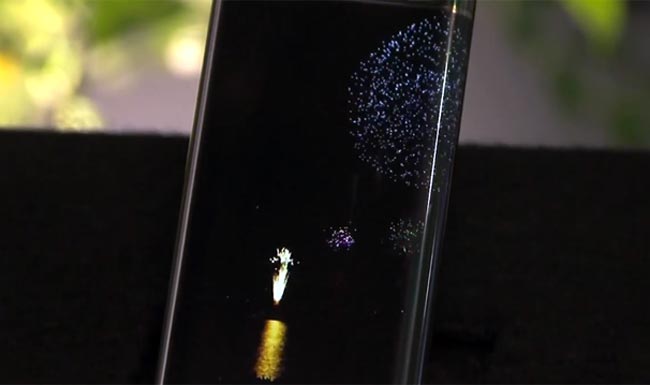Most Flexible High Definition Displays Announced By SEL
Gabriel Roşu / 11 years ago

SEL developed a range of flexible OLED displays and high PPI LCD panels which use CAAC oxide semiconductors. What is CAAC? Well, it stands for C-Axis Aligned Crystal and the tech, being crystalline in instead if amorphous, has much higher reliability from the start. Turns out that using oxide semiconductors with CAAC also greatly enhanced reliability.
Another key point of the CAAC is its flexibility and the ability to freely design displays with it. As one way to utilize this flexibility, SEL have produced side-roll and top-roll OLED displays, with the display curving over the edge where a bezel would usually be.
“One feature of CAAC is, it doesn’t break easily, because the crystals are continuously aligned. So, it isn’t damaged much even if it’s bent. A display that can be bent into a diameter of 4 mm is probably unparalleled worldwide. In particular, this is the only technology that can display a picture on bent edges.”
The prototypes shown were a 3.4-inch 960×540 pixel display with a resolution of 326 ppi, and a 5.4-inch 960×1280 pixel display with a 302 ppi resolution. SEL has also developed large flexible displays. This prototype is the world’s largest OLED display with a plastic substrate, at 13.5 inches. It’s a high-definition display, delivering 4K resolution at 326 ppi. The flexible material enables a lightweight, bendable display, less than 100 microns thick and weighing just 10 g.
Technology for mass-producing CAAC-OS displays has already been established, and this type of display has been used in smartphones released by Sharp since the end of last year. Here, SEL presented a prototype high-definition, 513-ppi liquid crystal display, fabricated in pursuit of even higher precision.
“IGZO semiconductor with the CAAC structure, compared with the amorphous version used so far, performs at least an order of magnitude better. It can deliver about 20 times higher performance. That means the transistors can be made smaller, which enables displays to have higher definition. 513 ppi is probably world-class right now. That’s been achieved by producing high-performance transistors, using this CAAC technology.”
[youtube]http://www.youtube.com/watch?v=yTu9omph9U8[/youtube]
Thank you Diginfo.tv for providing us with this information.
Video courtesy of Diginfo.tv



















